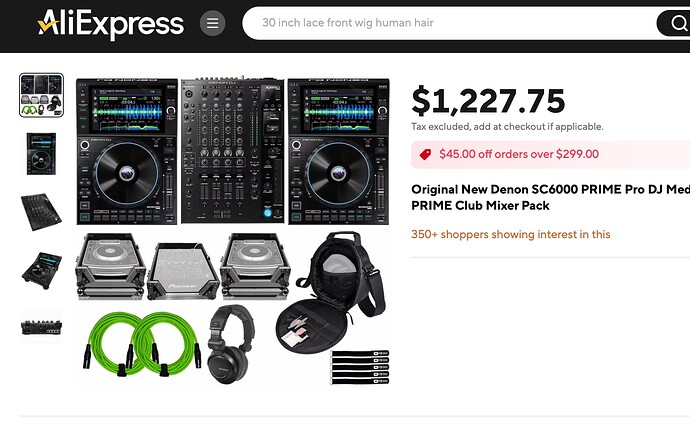There were all sorts of mods. There was a potmeter for adjusting the zero point, there was a potmeter for adjusting the range: these 2 where often confused, as for the pot for the zero point you had to remove the platter and the plastic cover, and for the pot for the range you had to disassemble the whole base. Which was cumbersome, the range pot was the more important one…
Also you could remove the little ball-and-spring that made the click in the middle, and sabotage the switch that activated the quartz lock. The quartz lock was always fighting with the zero point of the fader anyway.
These were sort of the 3 most popular mods. And there there was a whole skew of people adding blue leds in the strobe, swapping popup lights, painting the chassis pink, adding longer cables, swapping the tone arm for a straight one, and so on.
The M3D practically had these mods built in, but anyone who needed these mods had already added them themselves on the mkII. And in rental you only came across the mkII, so you had to learn to work with an unmodded mkII anyway.
But see how times changed? Back then we were looking for ways to mod our pickups to get rid of the near-zero-click, or just adjust the range. We learned to live with the limitations of the gear, and we did some sick mixes on that gear. We didn’t even have FX. If you see the feature-request forum today, full of people whining about stems, rgb waveforms, stacked waveforms, auto gain, streaming support, bluetooth, countdown to next cue, more FX, better FX, AI, automix,… Call me old fashioned, but I think we are a bunch of spoiled kids today… The SC6000 does everything I want it to do, apart from some little annoyances in the browsing and curating department.




